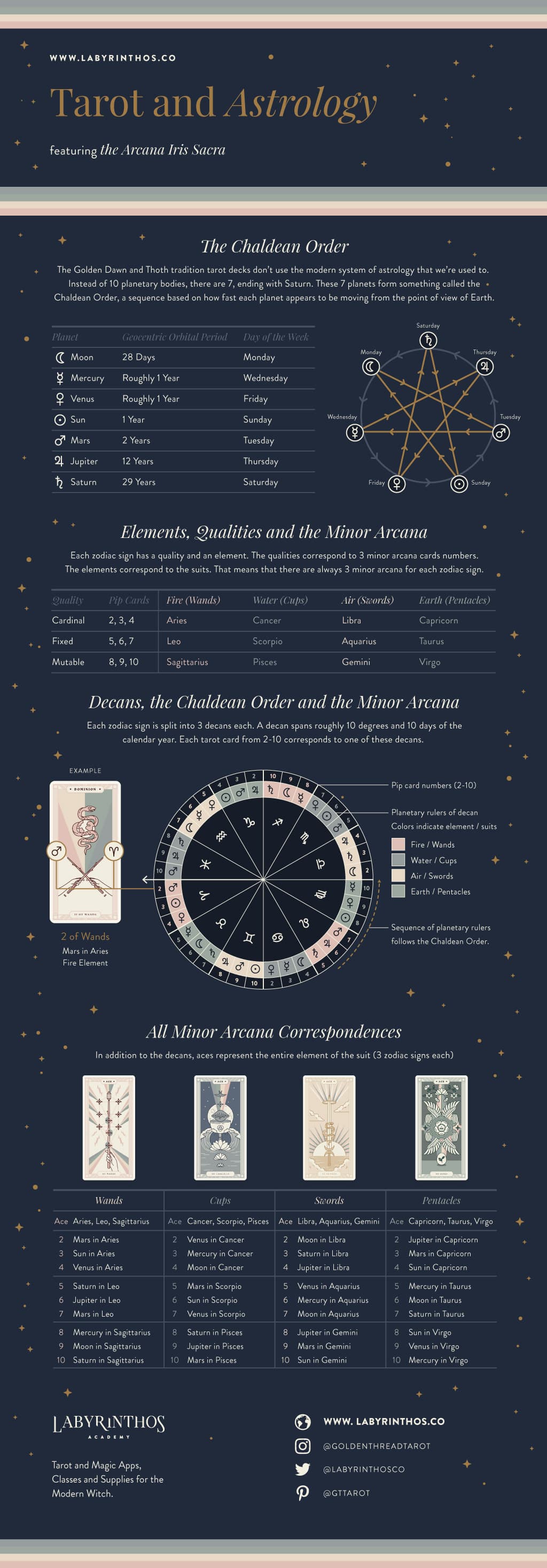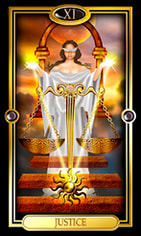
Palmistry can be described as an ancient art which uses the hands to create a map of your personality. This map can show you everything, from your past to your future. This palmistry book teaches you how to read your hand's energy through illustrations and interactive features. The book will walk you through the four hand types and help you understand the meaning of the marks and lines on your fingers and fingernails. You will also find out about the meanings and rings on your hands.
Hands: A Comprehensive Guide to Palmistry
Knowing how to read and interpret the features of the hand is a key part of one's personality. The four basic shapes of hands are air, fire, water, and earth. Each element has its own characteristics, which reflect aspects of a person’s personality and character. These characteristics are shown in the lines, creases and colors of the hands.
LifePrints: Deciphering Your Life's Purpose from Your Fingerprints
Our fingerprints are uniquely ours. Since the beginning of time, fingerprints have been used for personal identification. However, did you realize that your fingerprints may also be a tool to help you find your purpose in your life? Richard Unger shares a way to empower your fingerprints and find the meaning of your life.

Unique fingerprints are formed five months before our birth. It's the most reliable way for us to identify ourselves. Richard UNger provides a unique method of self-discovery as well as a daily compass to meaning.
Cheiro the Palmist
Cheiro the Palmist, a well-known palmist, predicted the future right up to the hour. Despite his fame, Cheiro was a lonely man who resisted social bonds. His lonely life nearly killed him. Even though he had many admirers and was able write books about the techniques and methods he used, Cheiro did not have the ability to do so.
Cheiro, the Palmist, is one of the most prominent palmists in history. He is well-known for his revelations about The Line of Life. He believed that the Line of Life applies to every aspect of human life. The line should be both long and narrow. It should also be deep. The person will be healthy if the line is thick and long.
Benham Book of Palmistry
The first publication of this practical guide to palmistry was in 1900. It contains over 800 illustrations that are drawn from real life and offers a wealth in information on palmistry. Topics covered in this treatise include: The Basics of Our Work, Plan of Creation, Mount Types, Life Current, General Attributes of the Lines, and Pose and Carry of Hands.

Benham discusses different hand formations called mounts. Benham explained that each mount represents a person's virtues as well as faults. The mounts also represent a different astrological sign. Jupiter is, for instance, the sign Jupiter. Saturn, on the other hand, is the sign Saturn. Venus is the sign.
Eason's palmistry books
Cassandra Eason's A Little Bit of Palmistry is a good introduction to palm reading. It covers the main lines of the palm and how they are interpreted, the head, heart, and lines of life and fate, along with other important information. It contains 109 pages and is a great starter book for beginners.
Palmistry is an exciting method to learn. You can use it to predict the future, find opportunities and challenges, and determine compatibility with your partner. This is the funniest type of divination and also the most accurate. Some books emphasize the Active hand, which represents the main writing hand. This hand may record the potentials, possibilities, and challenges of a person.
FAQ
What are your competitive hobbies?
There are many competitive sports, including running, swimming and cycling, as well as golfing, tennis and other activities.
These games are often played by people who enjoy exercise but also offer the opportunity to interact with others.
If you have a hobby that involves physical activity, then you'll probably find that there are other people around who share this interest.
This could be as simple as joining a sports club where you play regularly together.
You might also choose to participate in team games involving playing alongside others.
These include cricket, football, netball, hockey, netball, soccer, rugby, cricket, rugby, batsball, hockey, volleyball, badminton squash, handball and table tennis.
There are many different types of competition.
Some competitions exist solely for recreational purposes.
Others are intended to test competitors' skill.
And still, others are designed to reward outstanding performance.
These cases result in prizes for the winners.
Other competitions are designed to test the strength and stamina of competitors.
These are endurance events.
For example, marathon races, triathlons, Ironman Triathlon, etc.
Athletes often train hard before competing in these events.
To prepare them mentally and physically, they will be following a strict training regimen.
They may also need to spend some time away from home during preparation.
It's important to remember that not all athletes compete in every type of event.
Can I make money by my hobby?
Many hobbies can help you make extra money.
If you're passionate enough about your hobby, you may decide to sell items related to it.
If you are a stamp collector, you might want to start a website that sells rare stamps.
This way, you can earn extra income without having to go through the hassle of actually buying and selling the stamps.
Another option is to create a YouTube Channel where you can talk about your hobby.
This allows you to share your passion with others and potentially generate additional revenue by offering premium content.
What are observation hobbies?
Observation hobbies can be activities that you watch people do. You might be interested in watching sports, reading, going on holidays, and so forth. You could also observe other people.
It's great to have observation hobbies because it helps you think creatively. You can draw on this knowledge later, when you work on projects for others.
You'll discover that it's easier to learn if there's a passion for something.
You might watch or read about football to learn more. If you want to learn more about photography, you could take or visit exhibitions.
If you like to play music, you can either learn the songs online or get a guitar.
You could also choose to cook at home or go to restaurants if you are a good cook.
If gardening interests you, you could plant vegetables or flowers.
If dancing is something you enjoy, join a dance class.
You can paint pictures if your passion is painting.
You could also write poems or stories if you enjoy writing.
If you like drawing, you could draw pictures.
If you have a passion for animals, you might be able to look after them or work in a zoo.
You could choose to study biology, maths, chemistry, or physics if you are interested in science.
If history is your passion, you can either read books or watch films. Or you could listen to podcasts.
You can travel abroad or explore your home area if you love to travel.
How much does a hobby cost you?
Hobby costs nothing except time. If you're serious about your hobby, it can take you years to get what you want.
However, there is something that can help. It's called "passion." If you are passionate about what you do, it will be easier to work hard and make progress.
After you've put in hours, you might become addicted. This is where the real fun begins. Because now you are doing something you enjoy, and you are getting better at it all the time. You will likely have seen a significant improvement by the end the year.
Don't fret about how long this takes. Just go ahead and try. You might be surprised at the results!
Statistics
- In comparison, men in the “no humor” condition were refused 84.6% of the time and were only accepted 15.4% of the time. (time.com)
- Almost 80% of people claim to have no hobby. (hobbylark.com)
- The intensity of the dialogue partners' bond at the end of the forty-five-minute vulnerability interaction was rated as closer than the closest relationship in the lives of 30 percent of similar students. (time.com)
- I am 100% biologically a woman (discover.hubpages.com)
- The Role of the Mind in Sex, Dating, and Love: Men in the “humor” condition received phone numbers from 42.9% of the female participants and were refused 57.1% of the time. (time.com)
External Links
How To
How to Start Gardening
Gardening is one form of agriculture that dates back to the beginning. You need patience, perseverance, and determination. The first step in starting your own garden is choosing a location where you want to grow food. You could choose to plant food on a large parcel of land, or in your own backyard. Next, choose what kind of plants you would like to grow. Do you prefer flowers over vegetables? Some people love to grow herbs, while others enjoy raising animals like rabbits. Before you decide what crops to plant, you should think about how much space is available. If your climate is cold, you may decide to plant berries and fruits.
After choosing what you want to plant you need to prepare your soil. Your plants' success or failure will depend on the soil they are placed in. The soil should be rich in organic matter to provide nutrients for your plants' roots. Organic matter includes leaves, twigs (grass clippings), manure, compost, and manure. After you have prepared the soil, you will need to add nutrients. You may need different amounts depending on what type of plants you are trying to grow. A fertilizer calculator online can help you determine these values. There are many fertilizers on the market, so ensure you understand what you are buying.
After preparing your soil and adding the proper nutrients, you now need to wait until your seeds germinate. The process typically takes 2 to 3 weeks depending on the weather conditions and temperature in your area. After seeds have sprouted, water them every day. You can endanger your plants if you water them too often or too little. You should ensure that your plants get enough water at regular intervals. Avoid overwatering. Overwatering could lead to root rot as well as fungal diseases. When watering your plants, remember that most plants require less water during the warm summer months than in winter. Also, remember that certain plants need to dry out after watered. For tomatoes, it is important to keep them moist but dry. They are not happy to be in soggy soil. After the plants have finished flowering they must go dormant. Plants go dormant when they stop producing new growth and instead store energy for next year's harvest. The plant ceases sending signals to its roots to produce food during dormancy. Throughout this period, the plant stores energy. However, if the temperatures drop below freezing and there isn't enough sunlight, the plant will go to sleep.
You may be limited in what plants you can grow if you live in an urban area. Urban areas tend to contain concrete sidewalks, roads, buildings, and parking lots that block sunlight from reaching the ground. Concrete absorbs sunlight, which prevents the soil beneath from getting enough sun exposure. Many plants are unable to survive in urban areas due to the lack of sunlight. There are many plants that can survive in urban environments. Many trees, shrubs, perennials, and other plants can adapt to urban life. Many annuals can also be grown indoors in container gardens. Container gardens can be used to grow greenery indoors year-round, no matter what the weather outside.
Now that you have decided where to place your garden, chosen what you will grow, and prepared your soil, you are ready to plant!